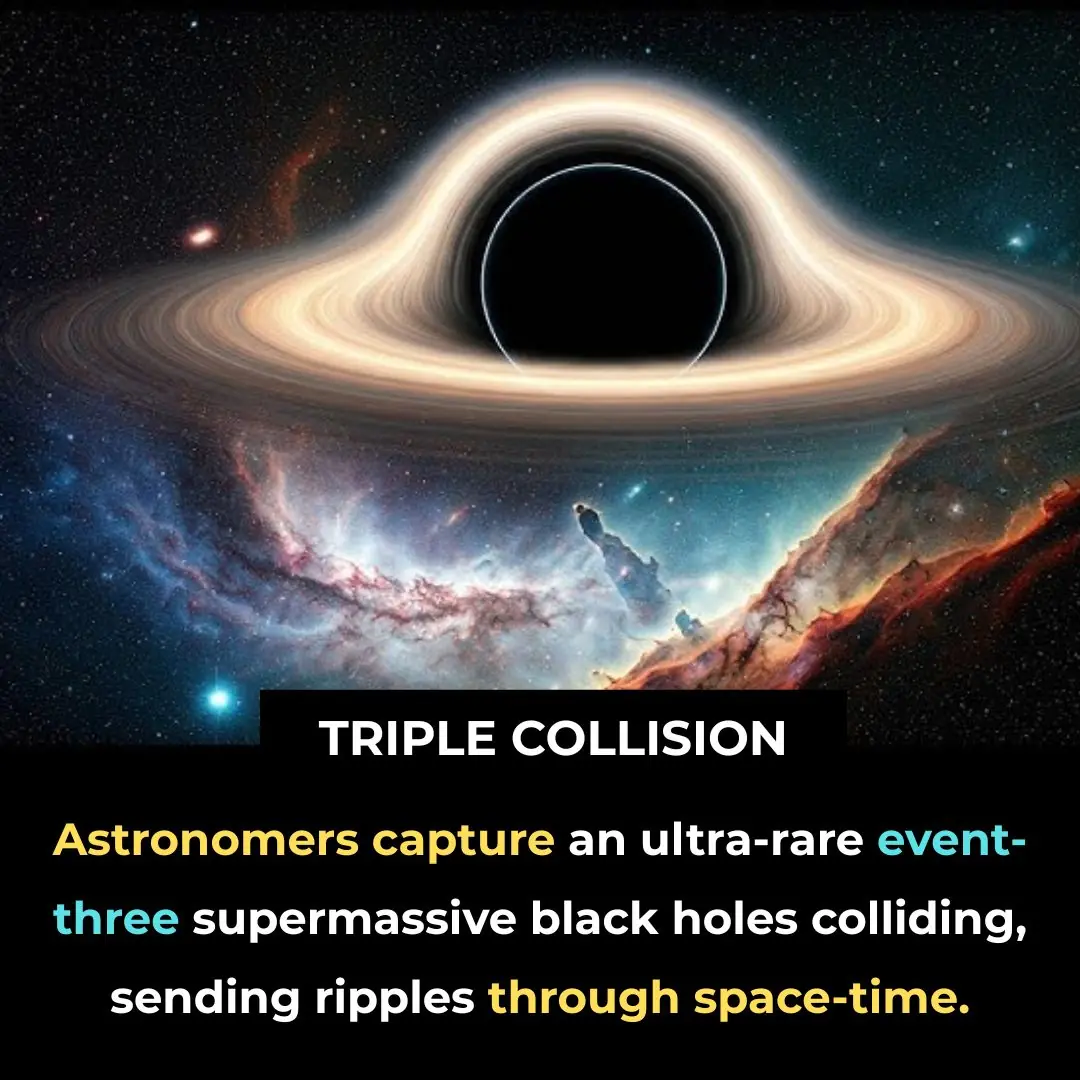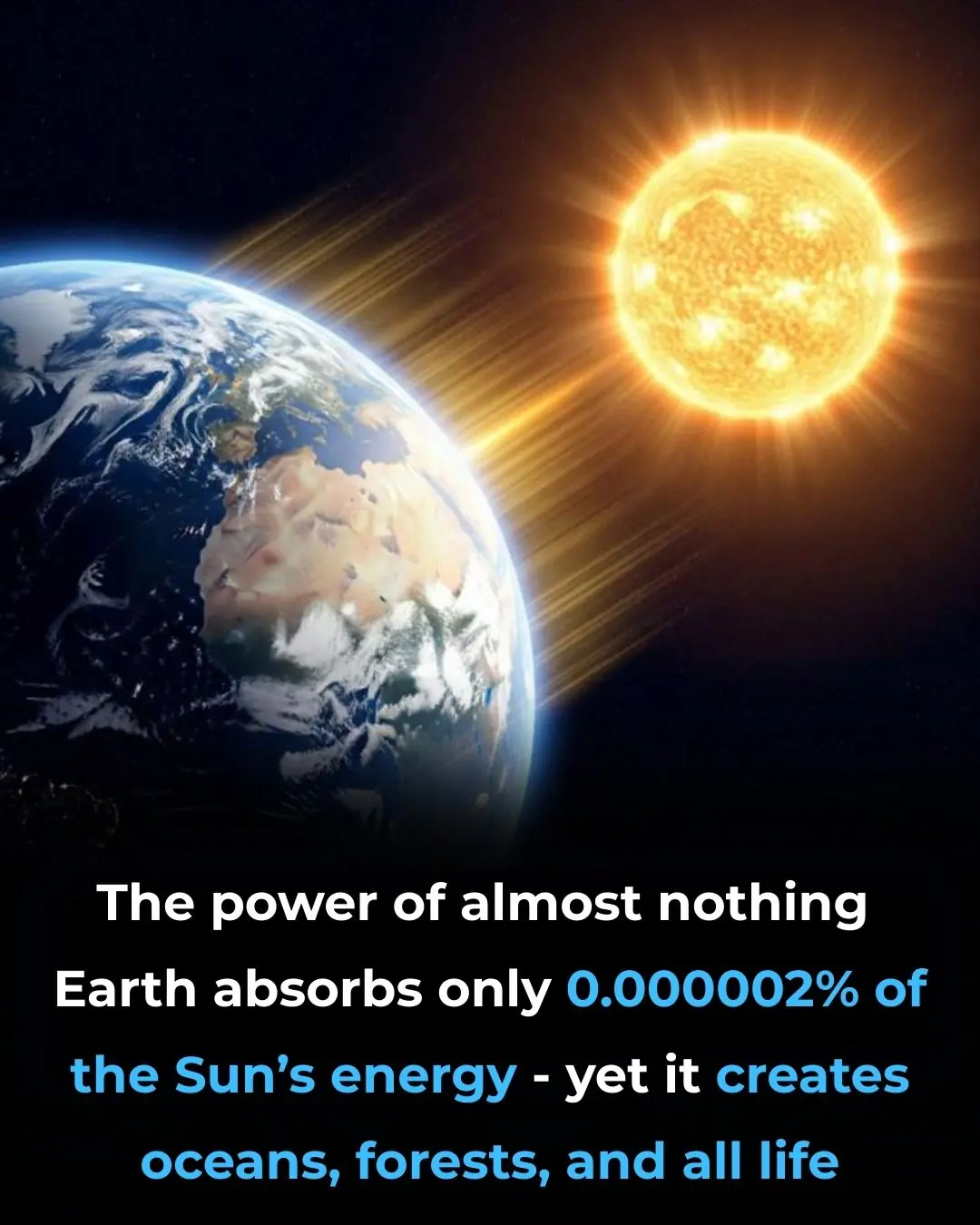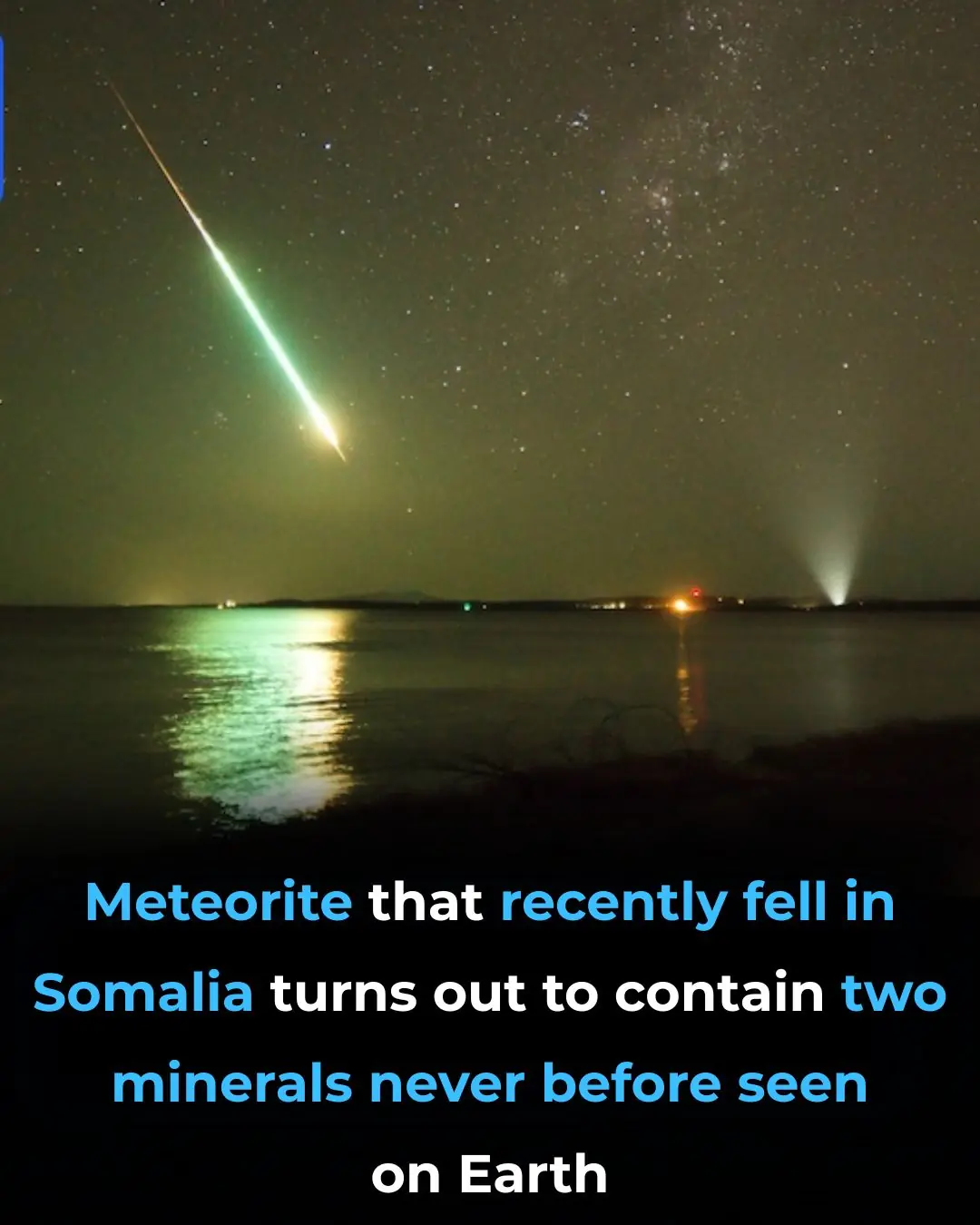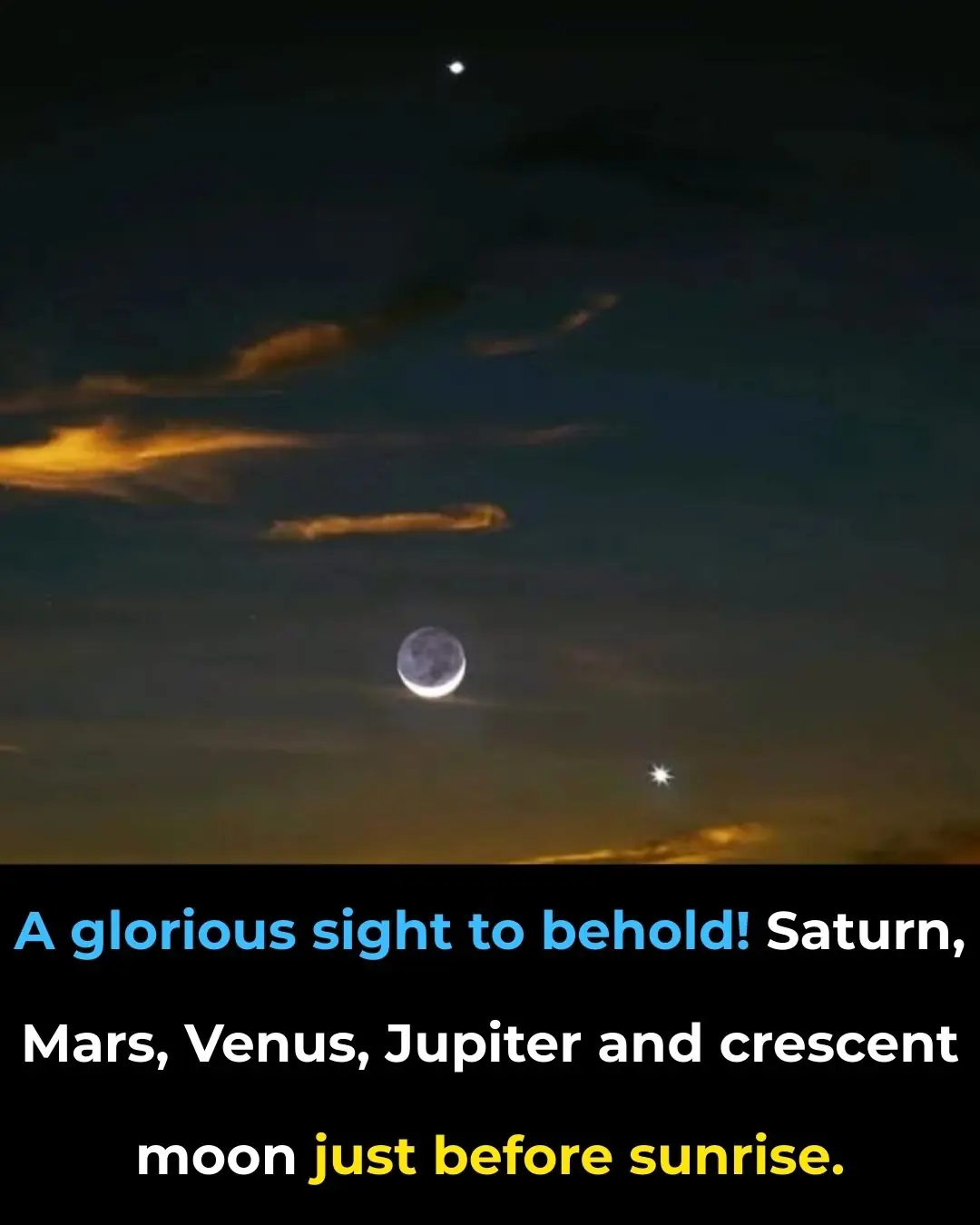
The Sun Isn’t Yellow—It’s Pure White
When you look up at the sun during a beautiful sunset or sunrise, you see a warm, yellow orb painting the sky in brilliant hues. This common observation has led most people to believe the sun is yellow, but this widespread assumption is actually incorrect. The sun emits pure white light, and understanding why we perceive it differently reveals fascinating insights about light, atmospheric physics, and human perception.
Table of Contents
Understanding the Sun’s True Color Spectrum
The sun produces light across the entire visible spectrum, emitting roughly equal amounts of all colors from violet to red. When all visible wavelengths combine in equal proportions, they create white light—the same principle behind white LED bulbs that mix different colored diodes.
Blackbody Radiation and Solar Temperature The sun’s surface temperature of approximately 5,778 Kelvin (5,505°C or 9,941°F) places it in the category of a G-type star. At this temperature, the sun’s peak emission occurs in the green-yellow portion of the spectrum, but the overall output across all visible wavelengths produces white light. This phenomenon follows Planck’s law of blackbody radiation, which describes how heated objects emit electromagnetic radiation.
Spectral Analysis Evidence Scientific instruments consistently measure the sun’s output as white light. Solar irradiance data from NASA and other space agencies shows that when measured above Earth’s atmosphere, the sun’s spectral distribution closely matches that of a perfect white light source. The slight variations in different wavelengths are minimal enough that the human eye would perceive the combined light as white.
Why Earth’s Atmosphere Changes Everything
The primary reason we perceive the sun as yellow involves atmospheric interference through a process called Rayleigh scattering. As sunlight enters Earth’s atmosphere, it interacts with gas molecules, primarily nitrogen and oxygen.
The Scattering Process Shorter wavelengths (blues and violets) scatter more readily than longer wavelengths (reds and yellows) when encountering atmospheric particles. This scattering follows an inverse fourth-power relationship—blue light scatters approximately four times more than red light. As sunlight travels through the atmosphere, blue wavelengths get scattered away in all directions, while yellow, orange, and red wavelengths continue more directly toward our eyes.
Atmospheric Thickness and Sun Position The sun appears most yellow when it’s low on the horizon during sunrise and sunset because sunlight must travel through more atmosphere to reach us. At these times, the light path through the atmosphere can be 40 times longer than when the sun is directly overhead. This extended journey allows maximum scattering of blue wavelengths, leaving predominantly warmer colors to reach our eyes.
During midday when the sun is directly overhead, it travels through the least amount of atmosphere. Under these conditions, particularly in locations with very clear air, the sun appears much whiter—closer to its true color.
Space-Based Observations Confirm White Light
Astronauts and space-based instruments provide the clearest evidence of the sun’s true color. Without atmospheric interference, observers in space consistently report the sun appearing as a brilliant white light source.
International Space Station Documentation Photographs and video footage from the International Space Station show the sun as a white light source. Astronauts have consistently described the sun’s appearance as “brilliant white” rather than yellow when viewed from space. These firsthand accounts align perfectly with scientific measurements.
Satellite Solar Panels and Color Calibration Solar panel manufacturers design their products based on the sun’s actual white light spectrum, not a yellow one. The efficiency calculations and material selections for space-based solar arrays all assume white light input, further confirming the sun’s true color.

Human Visual Perception and Evolutionary Adaptation
Our perception of the sun’s color also involves complex interactions between physics and human biology. The human visual system has evolved under Earth’s atmospheric conditions, creating some interesting perceptual effects.
White Balance and Color Constancy Human brains automatically adjust for lighting conditions through a phenomenon called color constancy. We perceive white objects as white even under yellowish sunlight because our visual system compensates for the light source’s apparent color. This same mechanism affects how we perceive the sun itself.
Evolutionary Considerations Humans evolved under Earth’s atmosphere, where the sun typically appears yellow due to scattering. Our visual system and color perception developed in this environment, potentially making yellow sunlight seem more “normal” to us than pure white light would appear.
Scientific Evidence and Research Studies
Multiple scientific studies have confirmed the sun’s white light emission through various measurement techniques and comparative analyses.
Spectroscopic Analysis Research published in solar physics journals consistently shows that the sun’s spectral output, when measured without atmospheric interference, produces white light. Studies using space-based spectrometers have mapped the sun’s emission across all visible wavelengths, confirming equal distribution that results in white light.
Comparative Star Analysis Astronomers classify our sun as a G2V star, and comparative studies of similar stars observed from Earth show they all appear white when viewed through space-based telescopes. This classification system relies partly on color temperature measurements that confirm white light emission for G-type stars.
Practical Implications and Applications
Understanding the sun’s true color has important practical applications across multiple fields, from photography to solar energy systems.
Photography and Color Correction Professional photographers must account for atmospheric color changes when shooting outdoors. Camera white balance settings include specific modes for different times of day because the sun’s apparent color changes dramatically due to atmospheric scattering, even though the source remains white.
Solar Energy Calculations Solar panel efficiency calculations and energy production models use the sun’s actual white light spectrum rather than the yellow light we typically observe. This accurate modeling ensures optimal system design and realistic energy production forecasts.
Lighting Design and Architecture Architects and lighting designers increasingly use this knowledge to create more natural indoor environments. Full-spectrum white LED lights that mimic the sun’s true color output provide better color rendering and may offer health benefits compared to yellowish incandescent lighting.
Common Misconceptions and Educational Opportunities
The persistent belief that the sun is yellow presents an excellent opportunity to explore the intersection of physics, perception, and scientific observation.
Elementary Science Education Many elementary science textbooks and educational materials incorrectly show the sun as yellow, perpetuating this misconception. Modern educational approaches increasingly emphasize the difference between observation and reality, using the sun’s color as a perfect example of how scientific instruments can reveal truth beyond human perception.
Cultural and Artistic Representations Artistic depictions almost universally show a yellow sun, from children’s drawings to professional artwork. While this reflects human experience and perception, it also reinforces the misconception about the sun’s actual color.
Safety Considerations for Solar Observation
Warning: Never look directly at the sun without proper eye protection, regardless of its color. Direct solar observation can cause permanent eye damage or blindness.
Safe solar observation requires specialized equipment like properly certified solar filters or indirect viewing methods such as pinhole projection. These safety measures apply whether you’re trying to observe the sun’s color or any other solar phenomena.
Conclusion
The sun’s true color reveals the fascinating interplay between physics, perception, and scientific measurement. While our daily experience shows us a yellow sun due to atmospheric scattering, space-based observations and spectroscopic analysis confirm that our nearest star emits pure white light. This knowledge not only corrects a common misconception but also demonstrates how scientific instruments can reveal realities beyond human perception.
Understanding the sun’s white light emission helps us better appreciate both the complexity of atmospheric physics and the remarkable ways our visual system adapts to environmental conditions. The next time you see a yellow sunset, you’ll know you’re witnessing the beautiful result of billions of tiny gas molecules scattering blue light across the sky, leaving the warmer wavelengths to paint the sun in the golden hues we find so appealing.
For those interested in exploring more about solar science and atmospheric physics, consider visiting local planetariums or science museums that offer safe solar observation opportunities with proper equipment.
News in the same category


The Sun’s Power: Earth Lives on Just 0.000002%

iPhone users issue warning on what to do if you get the 'caution' icon on your device

PlayStation 6 leak suggests release date could be much sooner than expected

Rolling Stone sues Google over AI summaries in landmark lawsuit

Tiny Brown Balls in Your Salad

A Man Held His Breath Underwater for 29 Minutes, Shattering the World Record and Even Surpassing Most Marine Mammals

Everywhere Cannabis Could Be Legalised in US as Trump Considers Major Law Change

Should You Peel Ginger Before Eating? The Shocking Truth Everyone Needs to Know
he peel is not harmful; in fact, it carries unique benefits. By using ginger correctly and storing it properly, you can unlock its full potential for boosting immunity, improving circulation, and keeping your

Meteorite That Recently Fell in Somalia Turns Out to Contain Two Minerals Never Before Seen on Earth

A Touch of Viking Brilliance: Moss-Carpeted Homes in Norway

What Millions of Years Look Like in One Photo (Well, Not Exactly)

NASA Has Just Released 2,540 Gorgeous New Photos of Mars

Friendship Between Wolf And Bear Documented By A Photographer

3,000-Year-Old World’s Oldest Olive Tree on the Island of Crete Still Produces Olives Today

Security feature you should make sure is always enabled on your Android smartphone

Guy Mocked for Dating 252-lb Woman

Homeowner Resumes Backyard Treasure Hunt

7 Household Appliances That Drain More Power Than Your Air Conditioner—And Why I Regret Owning Them All
From constant-use devices like refrigerators to high-powered kitchen tools, every household has hidden electricity traps.
News Post

Universe Shaken: Rare Triple Black Hole Merger Sends Ripples Through Space-Time

The Sun’s Power: Earth Lives on Just 0.000002%

iPhone users issue warning on what to do if you get the 'caution' icon on your device

PlayStation 6 leak suggests release date could be much sooner than expected

Rolling Stone sues Google over AI summaries in landmark lawsuit

Tips to clean greasy, yellow pot lids without chemicals: Simple, effective, and time-saving

Clip a piece of paper in the refrigerator: Great use to save a lot of electricity

The effect of stewed chicken feet with black beans is as good as ginseng

Mosquitoes smell these 4 smells, 99% will turn around and run away, natural way to kill mosquitoes that many people don't know

Put ginger next to your pillow when sleeping: A simple secret for good health and sleep

It turns out that mosquitoes are most afraid of "it". Take this and stick it in a lemon and leave it in the corner of the house. The mosquitoes will go away and never come back.

Things People Do That Put Themselves Closer to a Stroke

6 types of fruit that help 'cleanse' the uterus, women in their 40s will see the difference immediately when they eat them

The Harmful Effects of Squatting Over a Toilet 🚽

Rare Body Features That Show Just How Incredible the Human Body Is

Chia seeds are as good as a 'miracle drug' but 5 groups of people need to be especially careful when using them to avoid bringing disaster upon themselves

Proven Health Benefits of Dates

Man Suffers a Stroke from Bathing After a Meal: 3 Things You Should Never Do
